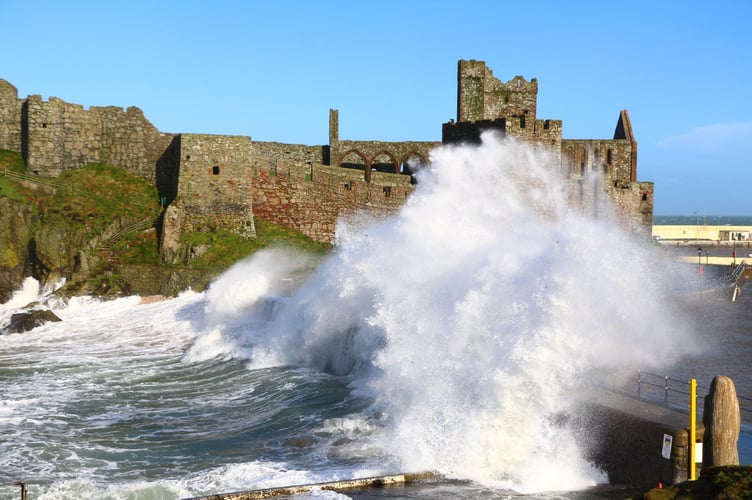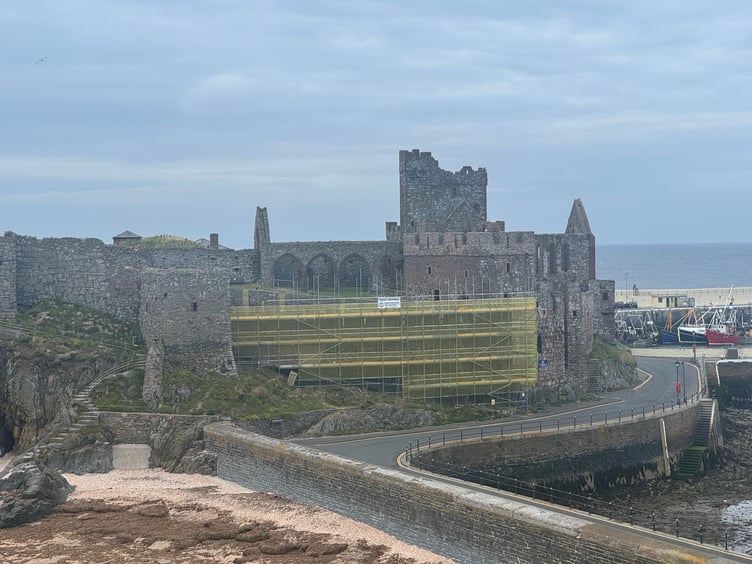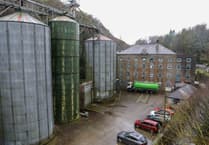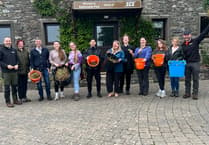Manx National Heritage (MNH) says the latest phase of conservation work at Peel Castle is well underway, with completion expected in late October to early November.
Visitors to St Patrick’s Isle can currently see scaffolding wrapped in yellow mesh along the curtain wall as specialist teams address weathering on the castle’s sandstone and traditional lime mortar.
The exposed coastal site has faced years of harsh winds and rough seas, accelerating deterioration on the medieval fabric.
An MNH spokesperson said: ‘Maintenance and conservation work is essential for all historic buildings, and the ruins of Peel Castle are no exception.
‘This ancient site was first used over 7,000 years ago and has since served as a settlement, religious centre, Viking stronghold, prison, administrative centre and fortress on St Patrick’s Isle.
‘As an Ancient Monument, the castle is internationally significant and our charity has responsibility to preserve it.’

Peel Castle, founded by Norse settlers in the 11th century, has long stood as a symbol of Manx heritage and played key roles in defence, religion and governance.
MNH says the castle benefits from an annual programme of works, with recent projects including specialist conservation on the Gatehouse, Causeway Tower and Barbican Wall.
‘The current phase of work focuses on the Curtain Wall, where the castle’s sandstone and traditional lime mortar are undergoing conservation after years of exposure to harsh weather and rough seas at its exposed coastal position on St Patrick’s Isle,’ the spokesperson added.
‘Our regular maintenance programme helps address ongoing deterioration.’
MNH is working with specialist contractors alongside its Historic Buildings Architect to ensure repairs are carried out ‘in a traditional and sensitive way’.
The charity credited visitors, donors and supporters for making the work possible.
‘A huge thank you to all those who support our charity’s work,’ the spokesperson said.




